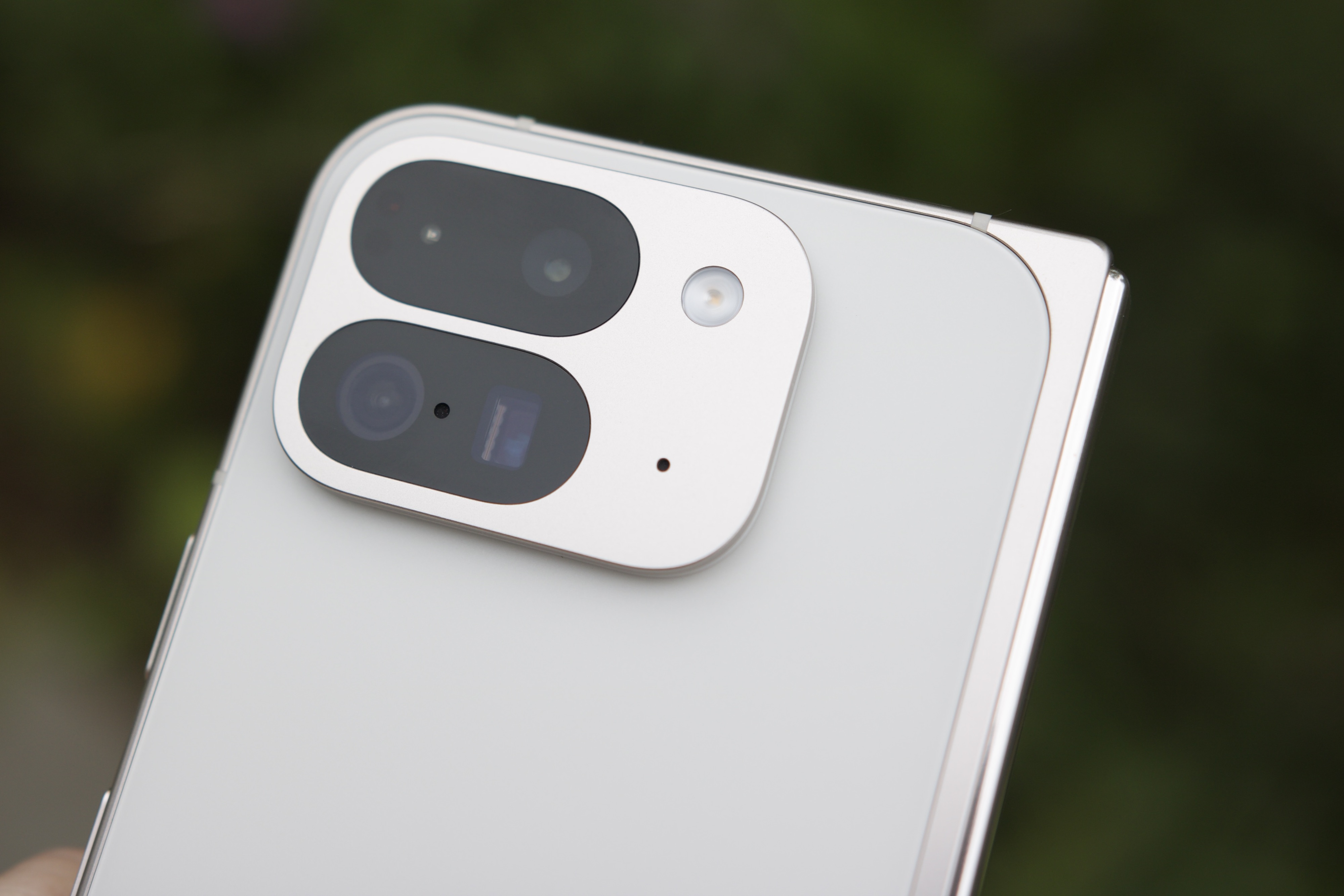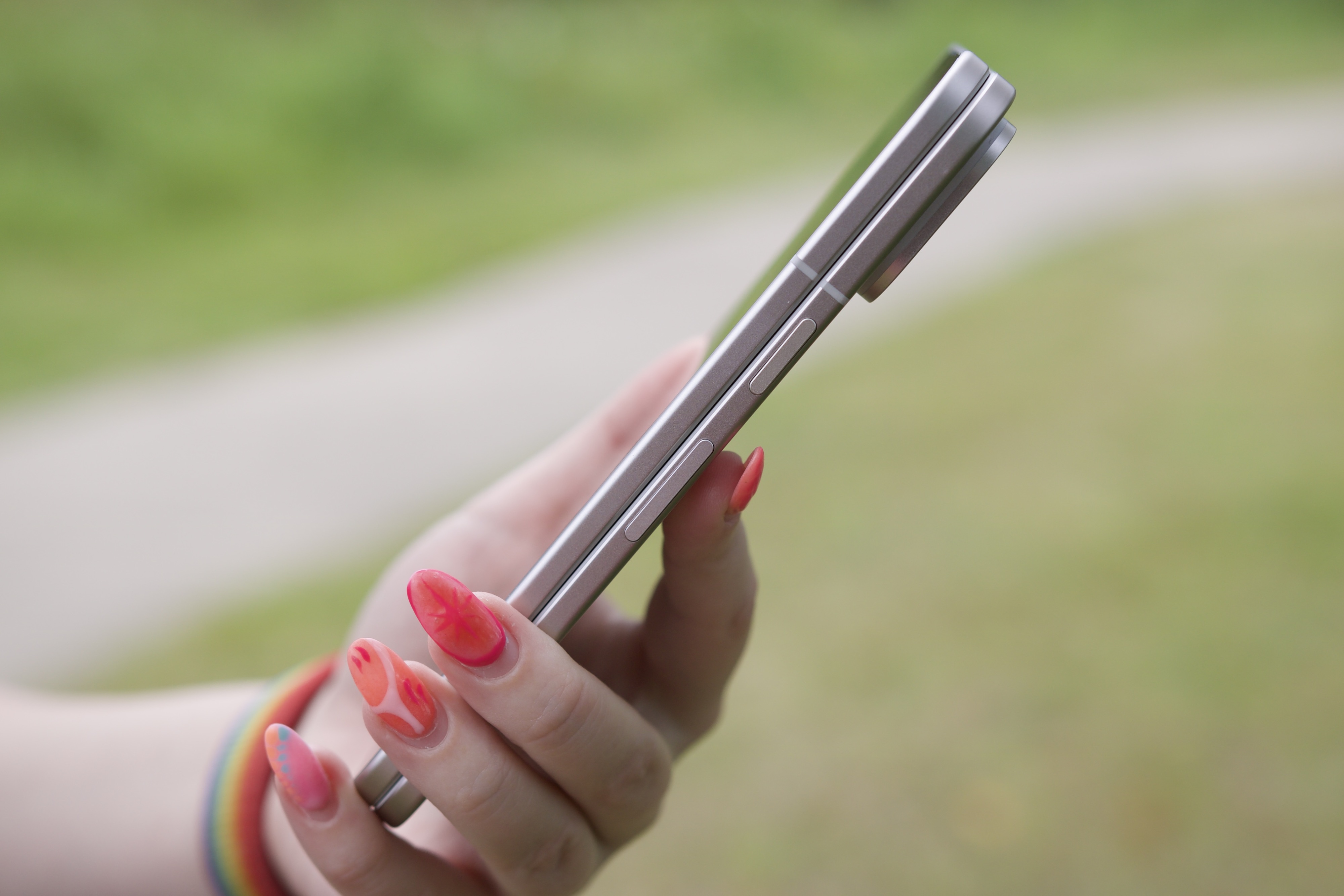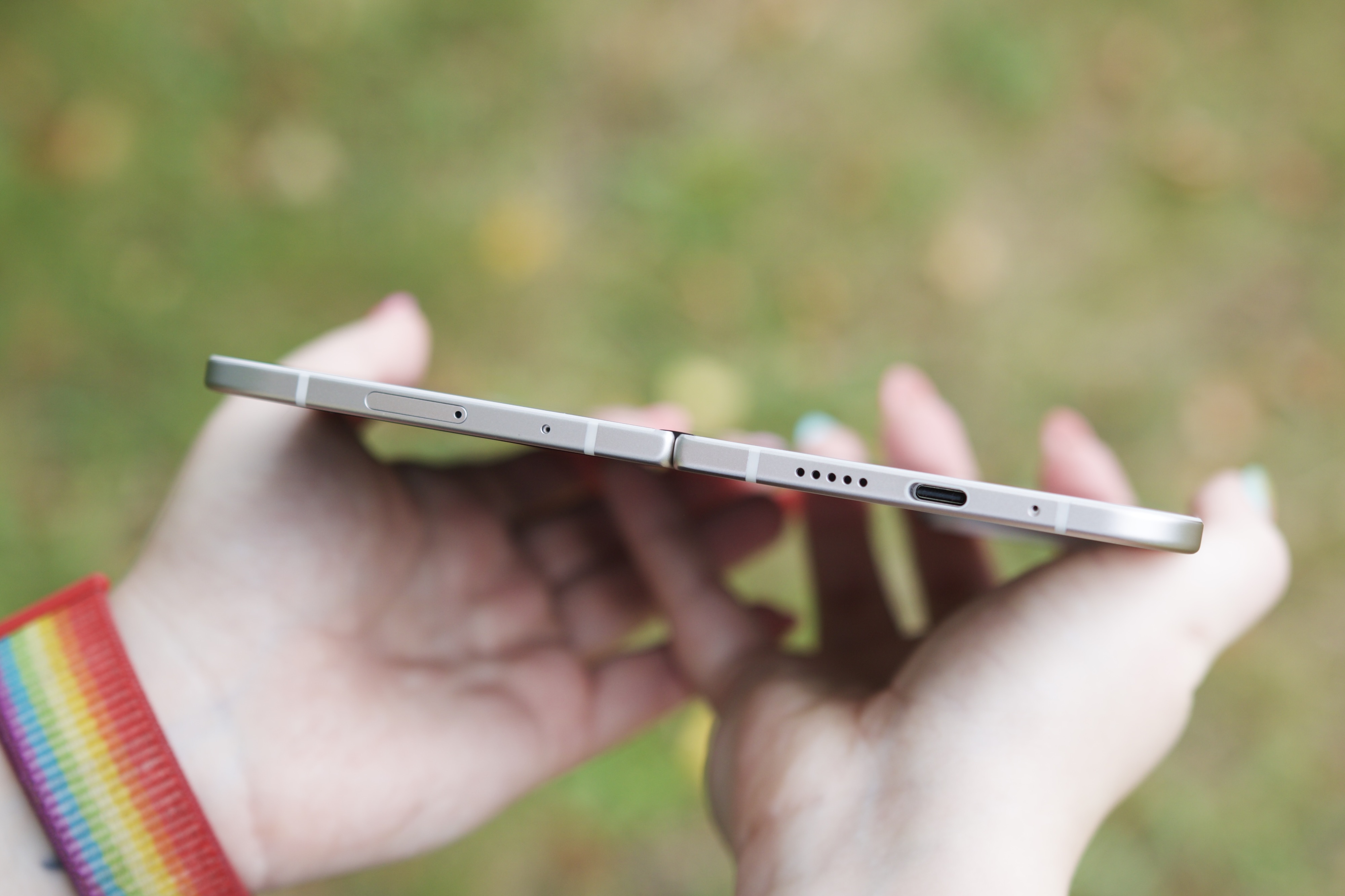The Google Pixel 9 Pro Fold is an important phone for Google — perhaps the most important one the company has released this year. After a good, but flawed entry into the foldable market last year with the first Pixel Fold, the Pixel 9 Pro Fold marks a gargantuan year-over-year upgrade — including an all-new design, much better specs, and a drastically different name.
All of that looks good on paper, but how does it come together in the real world? I recently had the chance to spend about 48 hours with the Pixel 9 Pro Fold, and while that’s certainly not enough time for a full review, it has revealed a few key things you should know about Google’s newest foldable.
The Pixel 9 Pro Fold’s hardware is lovely

We already mentioned this during our initial hands-on time with the Pixel 9 Pro Fold, but it’s worth repeating here: Google’s hardware is top-notch.
The first Pixel Fold felt very much like a first-generation foldable. That wasn’t surprising, but it also put the phone in a tough spot as it was competing with much better-made foldables like the Samsung Galaxy Z Fold 5 and the OnePlus Open. However, just one year later, Google delivered some of the nicest folding phone hardware I’ve ever used.
Perhaps the biggest hardware upgrade is the hinge. The first Pixel Fold’s hinge is … not good. It’s stiff, doesn’t open/close very smoothly, and requires a worrying amount of force to open fully flat. The Pixel 9 Pro Fold, by comparison, feels 10 times better. The hinge is smooth, can be propped open at almost any angle, and it opens all the way up without you needing to force it. I’d go as far as to say that it’s a nicer hinge than the one on the Samsung Galaxy Z Fold 6.
The Pixel 9 Pro Fold is also ridiculously thin. Unfolded, the phone measures just 5.1mm thick — thinner than the Z Fold 6, which is already impressively thin. You notice it most when the Pixel 9 Pro Fold is opened up, and it’s pretty fantastic.
Finally, Google nailed the smaller details, too. The speakers are loud, the haptics feel fantastic, and the new camera design — while not my favorite — isn’t nearly as bad as early leaks made it look. The small touches matter, and I’m glad Google paid attention to them.
It’s a very heavy phone

The Pixel 9 Pro Fold has outstanding hardware, that’s without question. But there’s one big caveat: it’s a heavy phone. At 257 grams, the Pixel 9 Pro Fold is considerably lighter than the first Pixel Fold, which weighed in at 283 grams. But compared to other foldables, it’s still a tank. For some context:
- The OnePlus Open is 240 grams
- The Galaxy Z Fold 6 is 239 grams
- The Xiaomi Mix Fold 4 is 228 grams
- The Honor Magic V3 is 226 grams
Held side by side with the OnePlus Open and Z Fold 6, the Pixel 9 Pro Fold is noticeably heavier. It’s not unusable, but it’s the first thing that stuck out to me when I started using the phone — and I’m still thinking about it a couple of days later.
I don’t think this is a deal breaker for the Pixel 9 Pro Fold, but it’s certainly something you’ll want to try for yourself before spending your hard-earned $1,799. I don’t mind the weight so much when the phone is opened up, but when it’s folded shut, you really feel how chunky it is.
The inner display is amazing

The inner display on the first Pixel Fold wasn’t great. It was highly reflective, flanked by large bezels, and had a very deep crease. Based on my brief time with the Pixel 9 Pro Fold, it looks like Google has addressed all of that.
The 8-inch display inside the Pixel 9 Pro Fold is huge — one of the largest you can get on a foldable today. More so than some other folding phones, the Pixel 9 Pro Fold really does feel like a small tablet. Paired with a less noticeable crease and drastically smaller bezels, it’s a stunning canvas to browse the web, doom-scroll Reddit, or play a few rounds of Marvel Snap.
The technical aspects of the screen are great, too. The 120Hz refresh rate is smooth, the Super Actua OLED panel looks fantastic, and the 2700 nits of peak brightness make the screen easily readable outdoors. I’ve been trying to think of something negative to say about this inner display, but after 48 hours with the Pixel 9 Pro Fold, I honestly can’t. Based on my time with the phone, it really is that good.
I’m worried about the cover screen

What I’m less thrilled with, however, is the cover screen. Where the first Pixel Fold’s cover screen had a short and wide 17.4:9 aspect ratio, the Pixel 9 Pro Fold has a much more traditional 20:9 one. In fact, it’s the exact same screen from the Google Pixel 9. That means it’s a 6.3-inch OLED panel with a 60-120Hz refresh rate, a 1080 x 2424 resolution, and up to 2700 nits of peak brightness.
The quality of the display is excellent; it’s sharp, colorful, and bright. Unfortunately, I’m not convinced the change to a more traditional aspect ratio was the best move.
Yes, it ensures all of your apps look normal, but it’s also a bit awkward to use with this hardware. Because the Pixel 9 Pro Fold is so heavy and because of the large bezels surrounding the display, it isn’t easy to operate the cover screen one-handed. I often find myself having to use the Pixel 9 Pro Fold with two hands or needing to swap hands because of how darn heavy the phone is. Also, unlike the OnePlus Open and its perfectly positioned rear camera you can rest your finger under, the Pixel 9 Pro Fold has no such convenience.
Maybe this is something I’ll get used to after more time with the Pixel 9 Pro Fold, but right off the bat, I don’t love it.
Good (and bad) software impressions

That’s a lot about the hardware. What about the software? A lot of it is good! I’m quite partial to Google’s Pixel Android interface, and everything I liked about it on the Pixel 9 Pro XL is just as good here. The new Pixel Weather app is lovely, the Pixel Screenshots app is a dream come true, and little features like Now Playing are so incredibly helpful.
However, I would have loved to see more emphasis on foldable-specific software optimizations — particularly when it comes to multitasking. You can run two apps side by side and adjust the size for each one. And … that’s it! You can’t run apps in floating windows, run three or more apps simultaneously, or pin the taskbar to always display at the bottom of the screen.
Running just two apps at once is fine for most people. However, it would be nice to have the option to do more in those situations where we want to. Samsung gives you much more flexibility in this department, and the Open Canvas system OnePlus designed for the OnePlus Open is one of the best multitasking interfaces I’ve ever used. The Pixel 9 Pro Fold gets the job done, but only just, and I would have liked to have seen Google offer more here.
We’ll have more to say soon

After a couple of days with the Google Pixel 9 Pro Fold, I’m very excited to see how the phone fares upon further testing for our full review. Some things, like the hardware and inner display, stand out as immediate highlights. Meanwhile, the phone’s cumbersome weight and awkward cover screen leave me with slightly tempered expectations.
Regardless, it needs to be repeated just how big of a leap forward the Pixel 9 Pro Fold is compared to its predecessor. Where the first Pixel Fold almost felt like a prototype, the Pixel 9 Pro Fold feels like a high-quality foldable made by a company that knows what it’s doing.
Will that be enough to make the Pixel 9 Pro Fold the foldable to get in 2024? That’s what we’re going to find out in our full review. Stay tuned.





